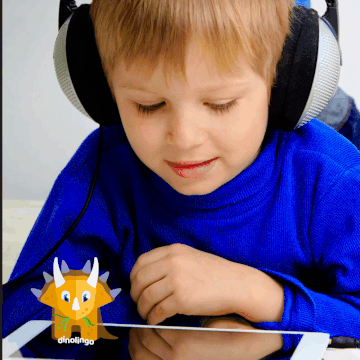Sing & Play—Italian Instruments You’ll Love
Traditional Music in Italy for Kids
Italy’s music culture is as rich and colorful as its history. Traditional Italian music includes both grand opera, which began in the 16th century, and timeless classical music. But music in Italy goes far beyond famous composers and concert halls.
Folk Music and Regional Traditions
Italian folk music is a treasured part of the country’s heritage. Each region has its own musical style, instruments, and dances. In northern Italy, you might hear alpine yodeling, while in the south, traditional ballads are passed down through generations. Folk songs often tell stories about fishermen, shepherds, or soldiers, and many were sung during seasonal festivals or special occasions.
Religious Music and Early Ballet
Since most Italians are Catholic, church music has played a big role in shaping Italian sound. Early ballet performances were often accompanied by horns, dulcimers, kettle drums, and bagpipes—an exciting mix of sounds that made every performance memorable.
Instruments That Tell a Story
Italy’s folk instruments are just as diverse as its music.
-
The zampogna, a type of bagpipe, is especially popular around Christmas.
-
The quartara is a southern Italian wind instrument—you play it by blowing across the top.
-
The tamburini, similar to a tambourine, is a lively percussion instrument often used in traditional dances.
-
The scacciapensieri, also known as a mouth harp, is mostly played in the north and in Sicily.
Music for Children
Many Italian children grow up singing lullabies, seasonal songs, and fun tunes like Giro Giro Tondo and Ninna Nanna. These songs help children develop an ear for rhythm, melody, and the Italian language itself.
If you’re looking for a playful and effective way to introduce your child to Italian music and language, check out the songs section of Dinolingo. With interactive lessons, native pronunciation, and kid-friendly songs, Dinolingo makes learning Italian feel like playtime.

